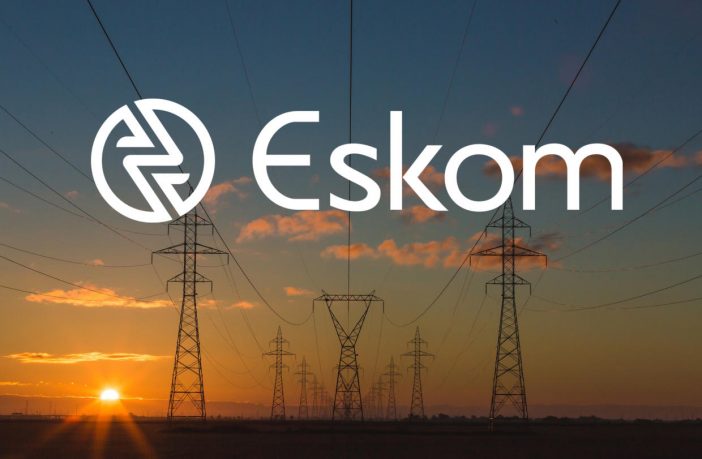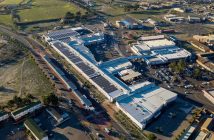- Eskom has provided some, but not all, of the technical information requested by OUTA in a Promotion of Access to Information Act (PAIA) application, asking for a list of specified power system performance information.
- Civil rights organisation OUTA says they have spent months trying to obtain the information, filing a PAIA application on 3 April. PAIA requests should be complied with within 30 days.
OUTA Portfolio manager for energy, Liz McDaid, said Eskom had initially delayed responding and then refused their request. “OUTA appealed through Eskom’s internal process, but the appeal was refused. We reserve the right to go to court if necessary as the public deserves to know what is happening. OUTA believes that good governance includes transparency,” said McDaid.
The requested information included hourly details on energy produced by each power station, details of availability, planned maintenance, unplanned breakdowns and emissions.
South Africa has had weeks of renewed loadshedding after months of COVID-19 induced lockdowns curtailing electricity usage around the country. Recently Eskom power station managers were directly held accountable for power station failures for the first time but details about what exactly happened are still scarce.
OUTA said in press statement that the power system performance information is important for electricity customers, business, mining and industry and the general public to know.
McDaid explained to ESI Africa the OUTA request basically came down to giving people the information needed to enforce their rights.
“If you are trying to figure out what is happening at Eskom and you see a particular power station is constantly collapsing because of various problems, only staying online a few hours a day, if you are a small business or a local municipality it gives you the information with which to engage Eskom or government,” she said.
Energy information to empower public to make health decisions
“Different people would have different uses for the information but when you have no information you are literally in the dark,” said McDaid.
The information requested by OUTA includes power station emission data: “People affected by pollutants such as sulphur dioxide and particulate emission have the right to this information day-by-day in near real-time, as it impacts directly in their health,” explained McDaid.
“Apart from the general aspect that transparent governance is part of good governance the other issue is if you are an asthma sufferer or have any other health problems then you can track the failure of a power station, that you live near to, to manage its pollutants. Then, this can be useful to you. Firstly, for your own medical history, and secondly it provides information for local communities to be able to tackle Eskom and force them to meet emission standards and deal with it.”
OUTA says detailed information benchmarks positive performance and public pressure
OUTA energy advisor Chris Yelland explained although the provided information is a good start, it is still far from what is provided by Eskom’s peers around the world.
“The formal PAIA application for comprehensive real-time Eskom operational information submitted by OUTA a few months ago is finally bearing fruit and forcing Eskom to relent and provide at least some of the information requested. Eskom needs to engage with customers and analysist to establish what customers want and need. This is something that is significantly lacking – customer focus,” said Yelland.
He explained the difference between the information requested and the information received as follows:
- OUTA asked for an hourly data feed to produce its own dashboard based on what customers want and need to know. Eskom presented its own dashboard based on what it wants the public to see.
- OUTA requested granularity at the power system level, technology level and power station level, and eventually at the generator unit level for each power station. Eskom provided the information at system level with limited technology detail and no power station granularity.
- Trend analyses, zoom, pan or data download facility was not provided and several parameters have limited time resolution (eg. Daily, not hourly as requested).
- Primary energy use, water use, primary energy stockpile level, diesel tank level or water level information was not provided.
- No energy availability factor information was provided at system, technology, power station or generator unit level although this can be derived after calculation.
- Real-time environmental information on sulphur dioxide, nitrogen oxides or particulate matter emissions was not provided, only historical monthly reports.
- There are no correlation analysis facilities, such as allowing one dataset to be placed alongside another dataset with the same timeframe to allow for trend/correlation analysis and comparison.
- The way the data is presented is rudimentary and not in line with current IT best practices seen in a good, commercially available dashboard software system. Eskom could have leapfrogged to a really great information system dashboard based on what is standard practice today.
“It [Eskom] has the information, it has to have it. You cannot tell me Eskom is sitting in Megawatt Park and it doesn’t know what is happening at its different power stations. It’s just a case of them releasing the information. This might just mean that Eskom should jack up their systems to show us what is happening. Potentially, the information exposes the inadequacy of management at their power stations,” said McDaid
Author: Theresa Smith
This article was originally published on ESI Africa and is republished with permission with minor editorial changes.











